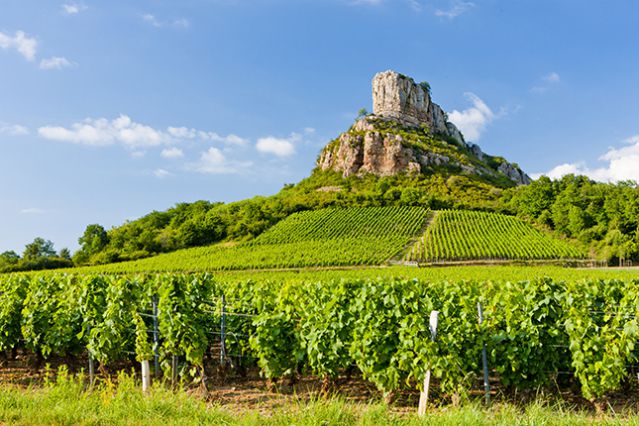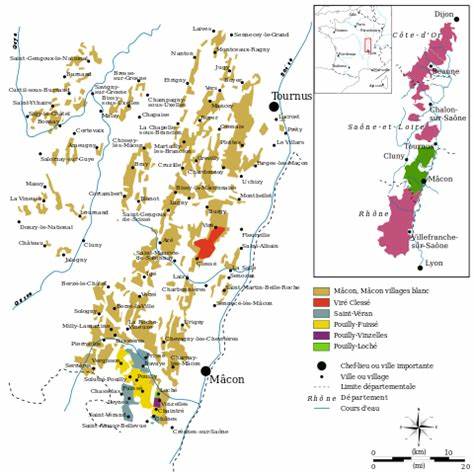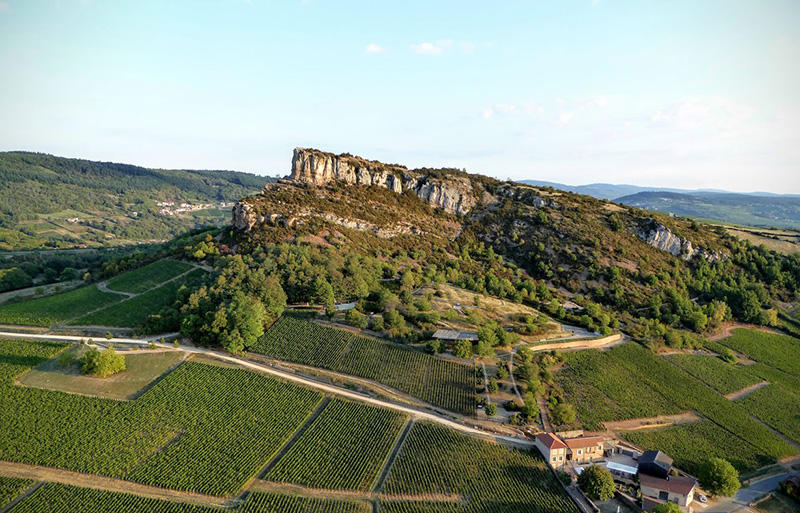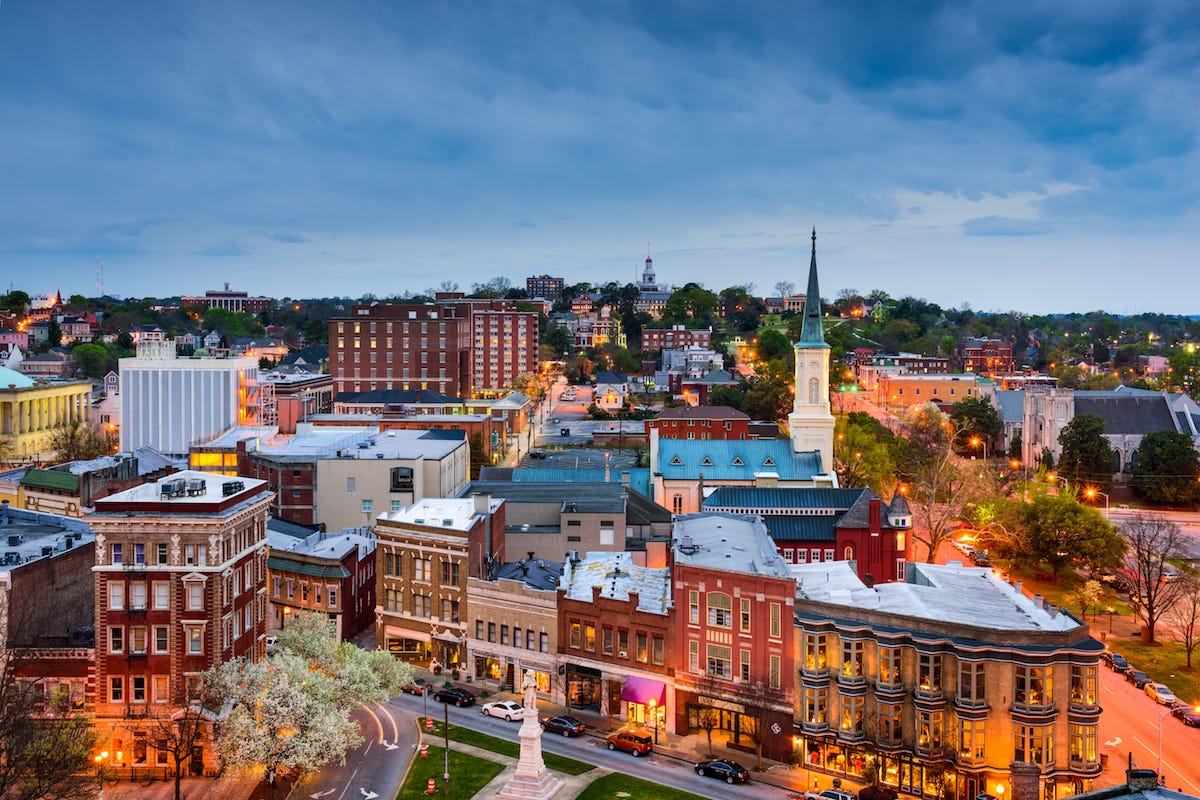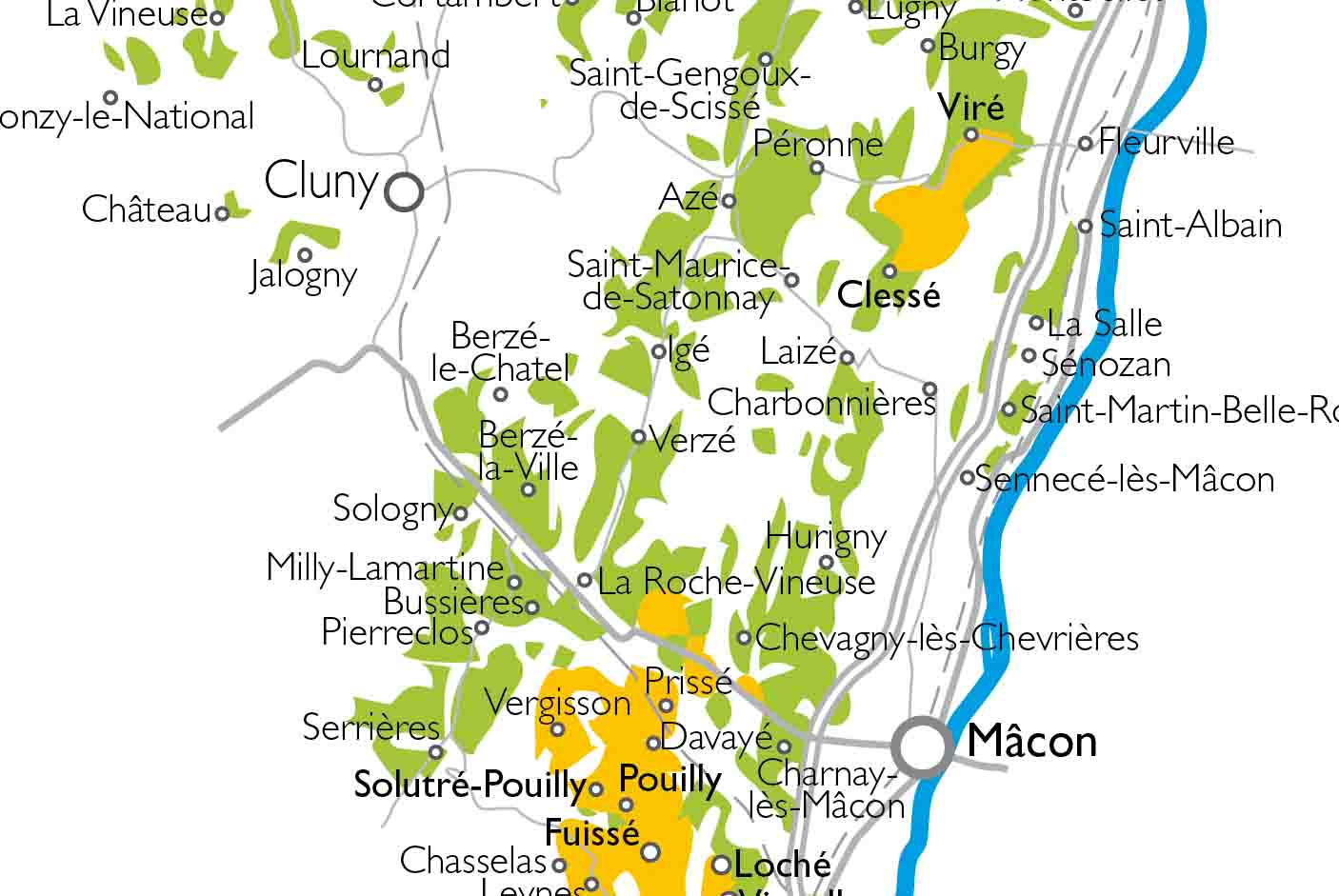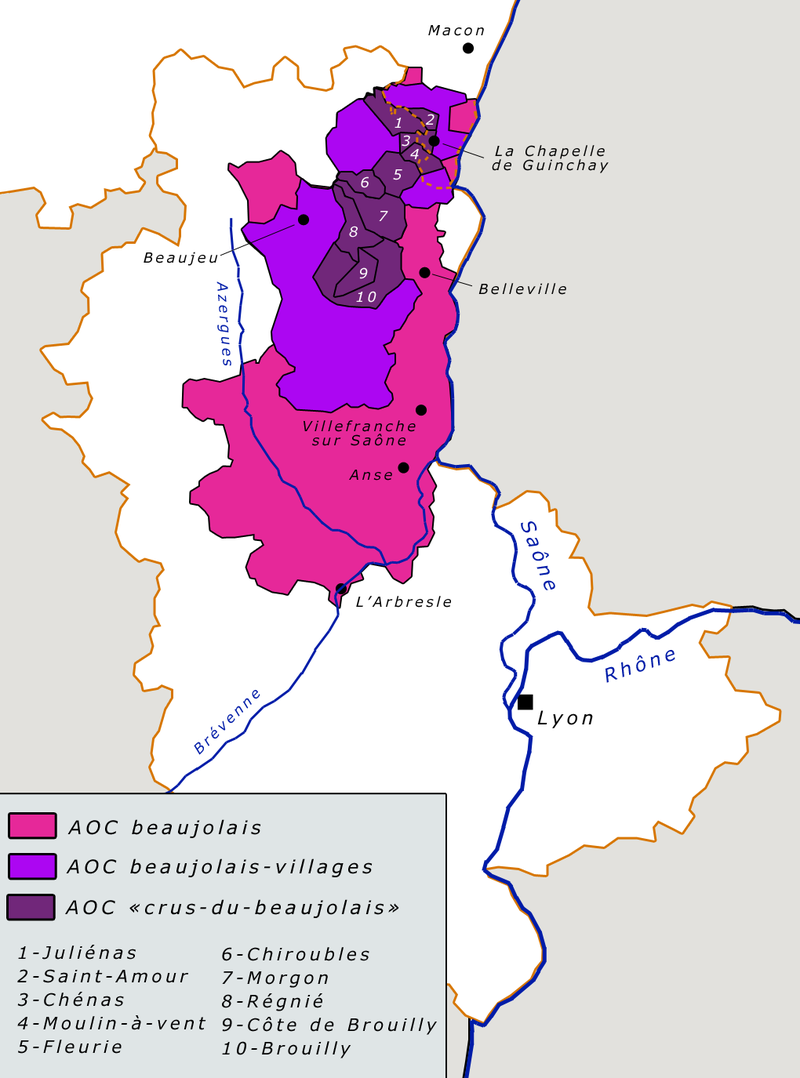
AsianOverland.net
Tour Guide - Itinerary
Asian Overland Sydney to London
Started 22/06/2022 Finished 21/06/2023365 Days ITINERARY
Day 264 date 12/03/2023BARCELONA, SPAIN to MACON, FRANCE
ASIANOVERLAND.NET LONDON TO SYDNEY DAY 264: BARCELONA, SPAIN TO MACON, FRANCE
Top Deck tours aren’t wine tours, so we waited until 1992 to visit Macon and Maconnais as part of our 1992 Christine Last Wine Tour, to coincide with the Barcelona Olympics.
Mâcon was a major crossroad for the Romans, and grapes were brought, cultivated and fermented by the Romans. Viticulture was also encouraged by local religious groups including the bishopric of Mâcon during the Dark Ages.
The Macon region was the border between the Kingdom of France and the Holy Roman Empire from 843 to 1600 and Macon grew rich on customs duties. A secular Count of Mâcon is not recorded until after 850, and from 926 the countship became hereditary.
The last Count of Mâcon died in 1224 and the lands passed to his daughter, Alix de Bourgogne (Alice of Burgundy). When her husband died in 1239, she sold the Mâconnais to Louis IX of France.
The 1435 Treaty of Arras saw Charles VII of France cede Maconnais to Philip, Duke of Burgundy, but in 1477 it reverted to France, upon the death of Duke Charles the Bold. Emperor Charles V definitively recognized the Mâconnais as French at the Treaty of Cambrai in 1529.
After the fall of the Bastille in 1789, the mountain peasants of Mâconnais revolted, and many were executed by the urban militias of Mâcon, Cluny and Tournus.
The Mâconnais district is in the south of the Burgundy wine region in France, west of the Saône river. It takes its name from the town of Mâcon, and is best known for good value white wines made from the Chardonnay grape, including the wines from Pouilly-Fuissé.
Most of the wine made in the Mâconnais is white wine. Chardonnay is the main grape grown in the Maconnais, and there is a village of that name in the far north of the region. Some plantations of Gamay and Pinot noir are made into red and rosé Mâcon, making up no more than 30% of the total wine production.
Gamay is grown in the Beaujolais cru of Moulin-à-Vent, which extends into the Mâconnais, but has little in common with the wines from the north of Maconnais. Gamay noir is a cross of pinot noir and the ancient white variety Gouais, the latter a Central European variety that was introduced to France by the Romans. The grape brought relief to the village growers following the decline of the Black Death. In contrast to the pinot noir, Gamay ripened two weeks earlier and was less difficult to cultivate. Gamay also produced a strong, fruitier wine in a much larger abundance.
In July 1395, the Duke of Burgundy Philippe the Bold outlawed the cultivation of Gamay as being "a very bad and disloyal plant", due to the variety occupying land that could be used for the more "elegant" pinot noir. Sixty years later, Philippe the Good issued another edict against Gamay, in which he stated the reason for the ban was that "The Dukes of Burgundy are known as the lords of the best wines in Christendom. We will maintain our reputation". The edicts had the effect of pushing Gamay plantings southward, out of the main region of Burgundy and into the granite based soils of Beaujolais where the grape has thrived ever since.
© This work is copyright. Apart from any use permitted under the Copyright Act 1968, no part may be reproduced by any process, nor may any other exclusive right be exercised, without the permission of Peter Searle, peter@portseavillageresort.com; 1980-2024.
Website built by Justin O’Dea www.webdeveloperdocklands.com.au
